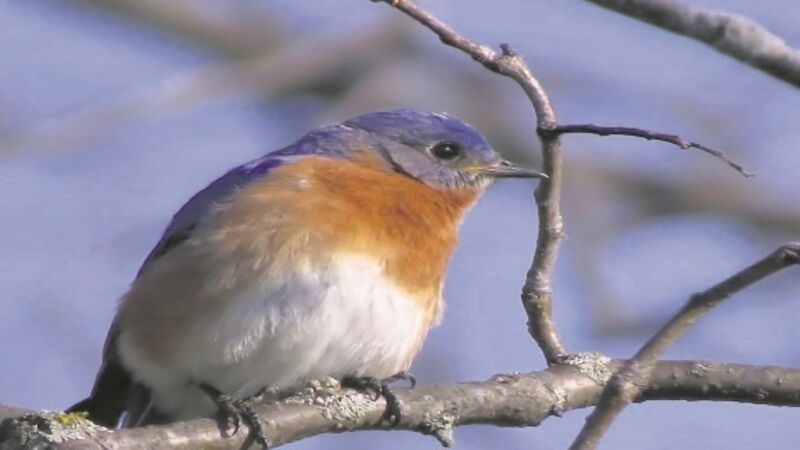Urban din not music to their ears

The Eastern bluebird, a glamorous little red and blue thrush, is the state bird of New York. Not much bigger than a sparrow, it lives in farmland orchards and parks in the US east of the Rockies. Dr Caitlin Kight, of William and Mary College Virginia, has studied the nesting performance of bluebirds in noisy and not so noisy environments. Noise, she found, can have “damaging effects on individual fitness” and is “associated with smaller brood sizes”.
Some creatures struggle to be heard over traffic sounds. Researchers at Bielefeld University in Germany recorded the ‘songs’ of 188 grasshoppers. The insects living in noisy urban areas sang louder and at a higher pitch than those in rural ones. Great tits in European cities sing more vigorously the noisier the environment. Robins, famously, have taken to performing at night. The presence of artificial light, it’s said, is responsible for this. It’s also possible, that they are avoiding the cacophony of the daylight hours. Singing is important; a territory-holding male needs to get his message out if he’s to attract a mate and prevent rivals from taking over his territory. If he can’t be heard, he’s in trouble.














